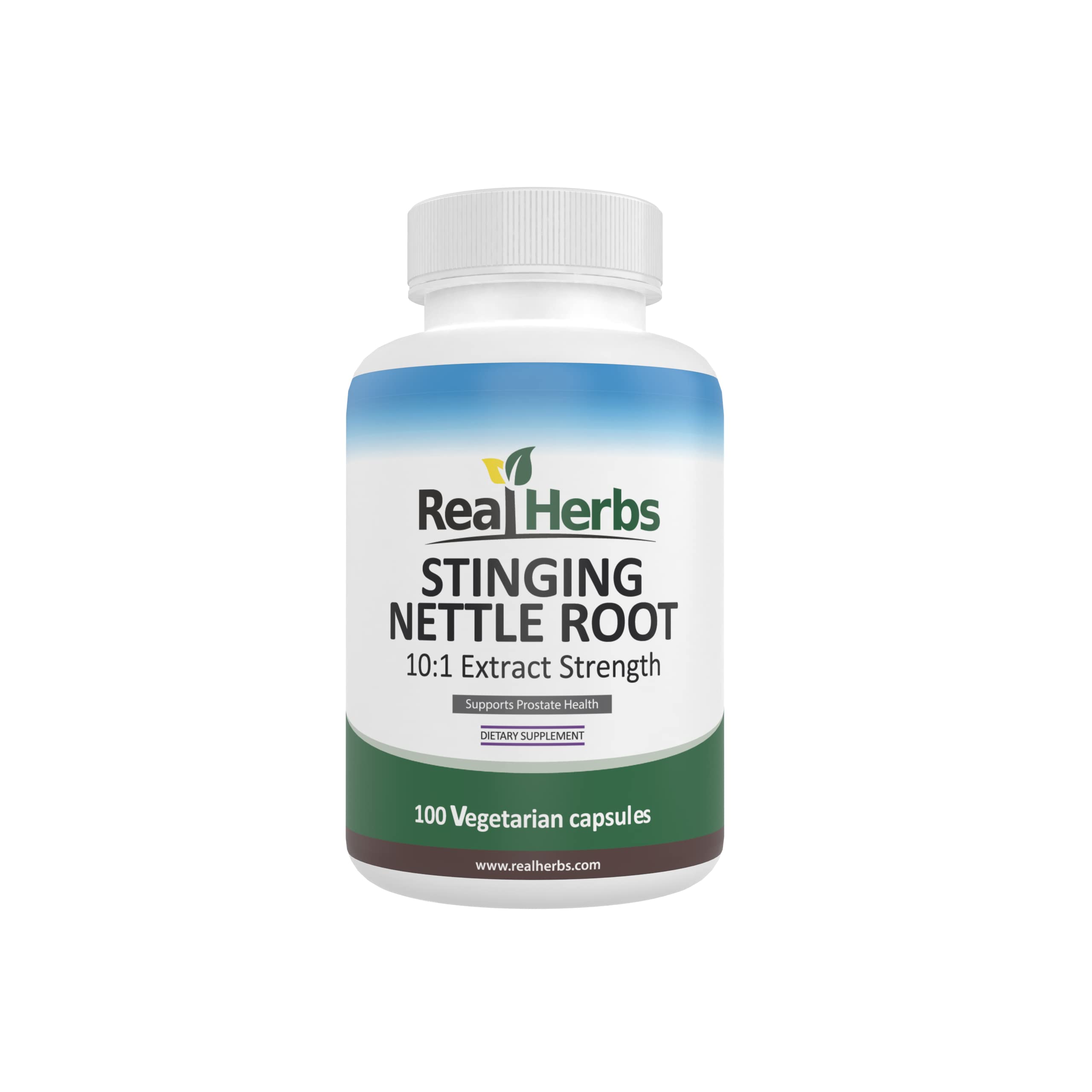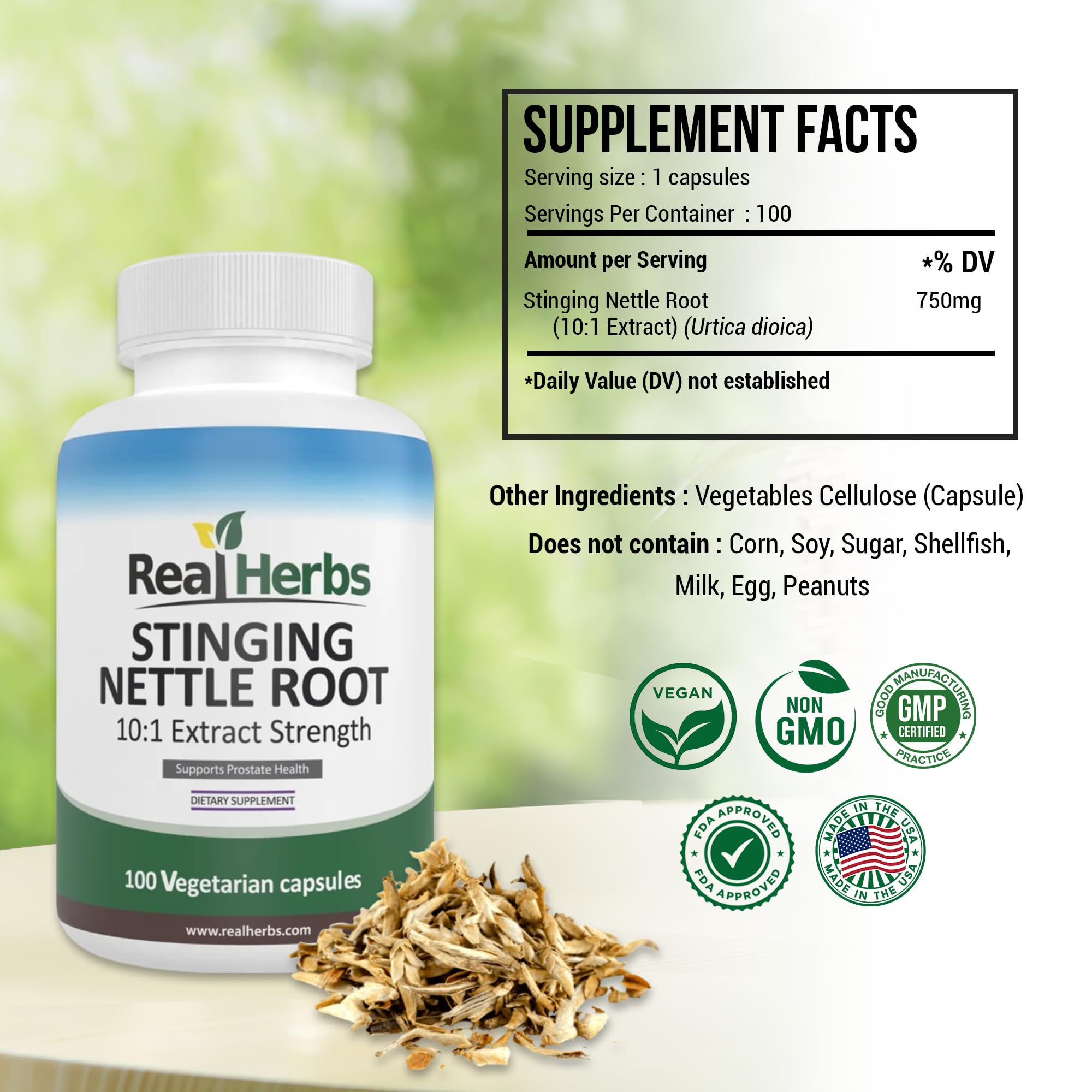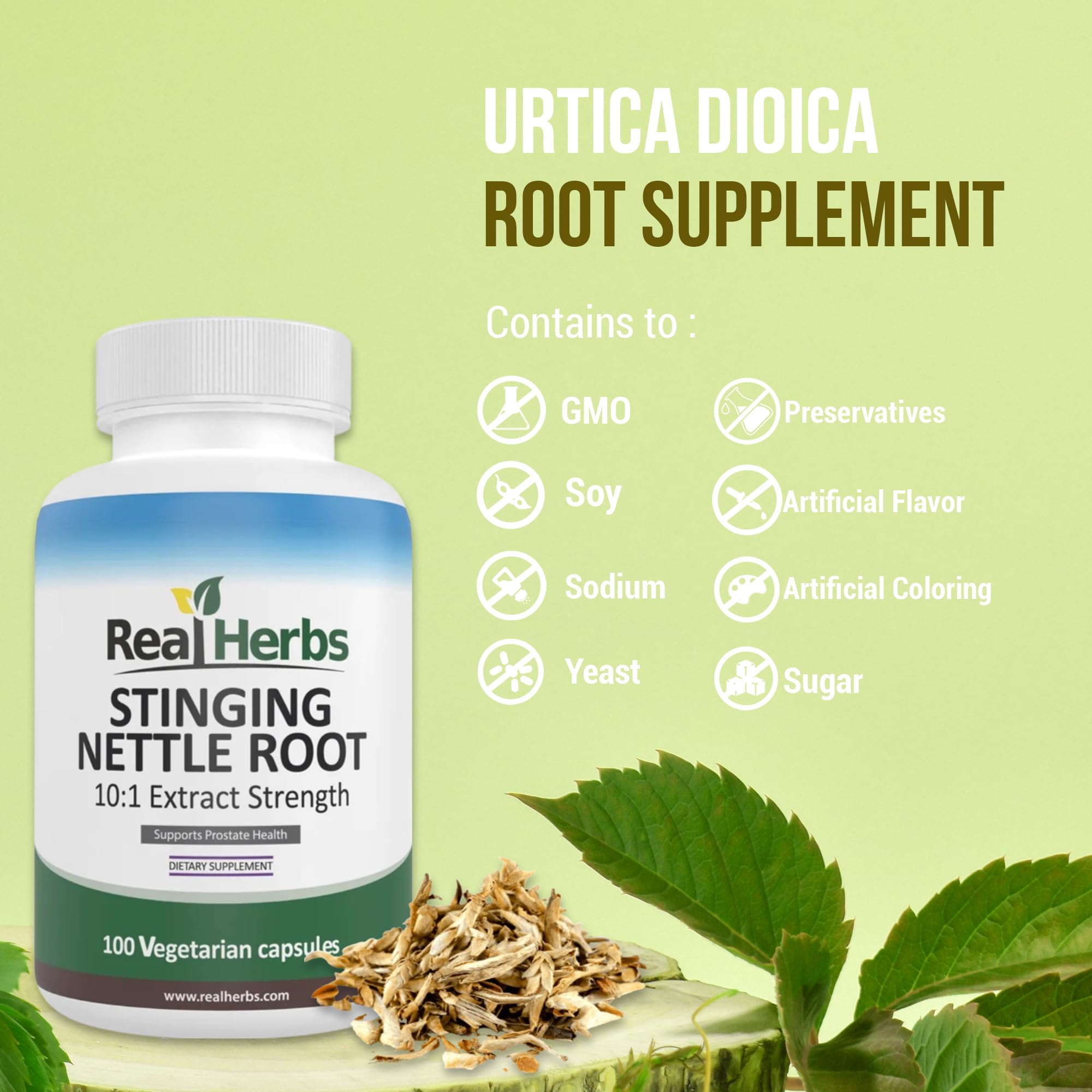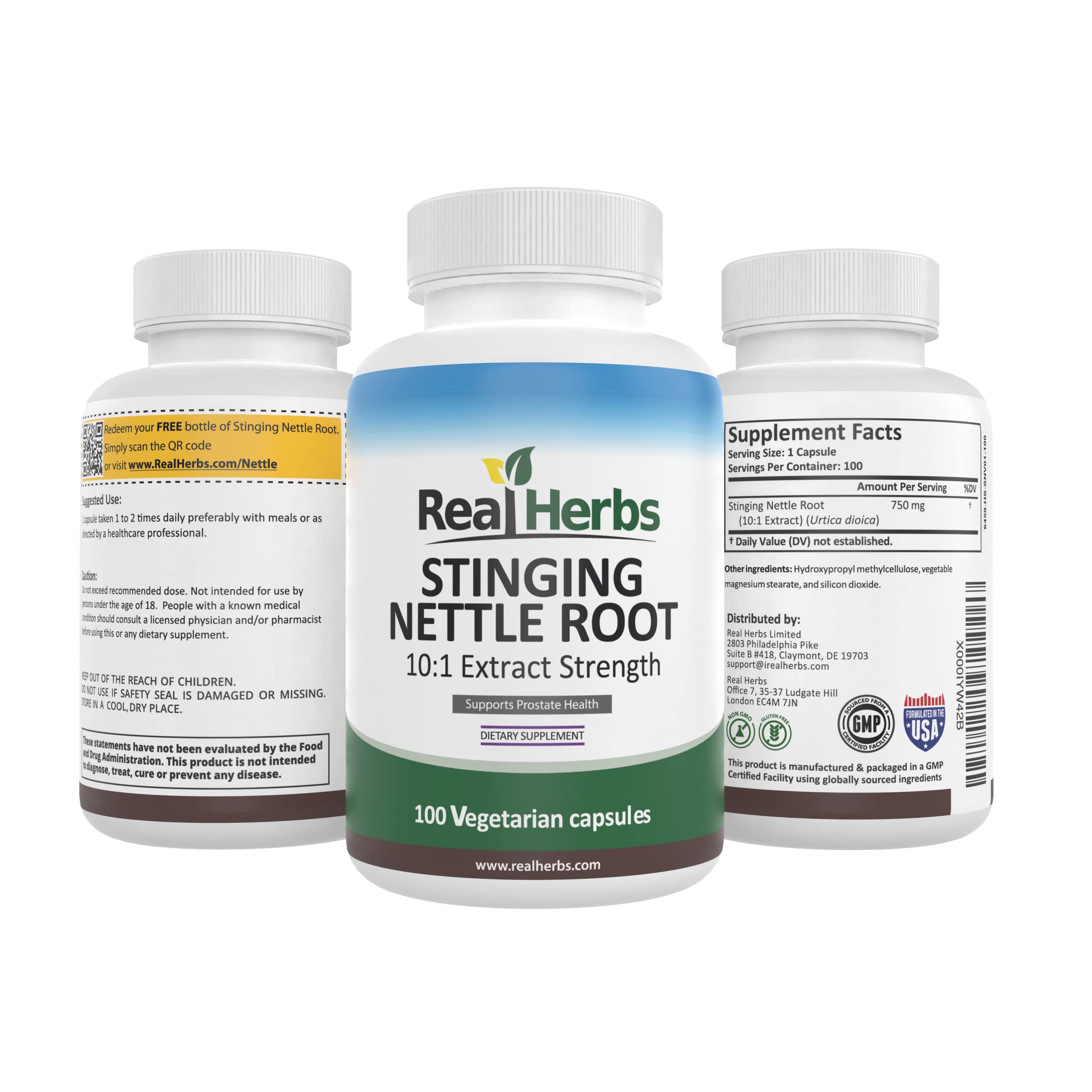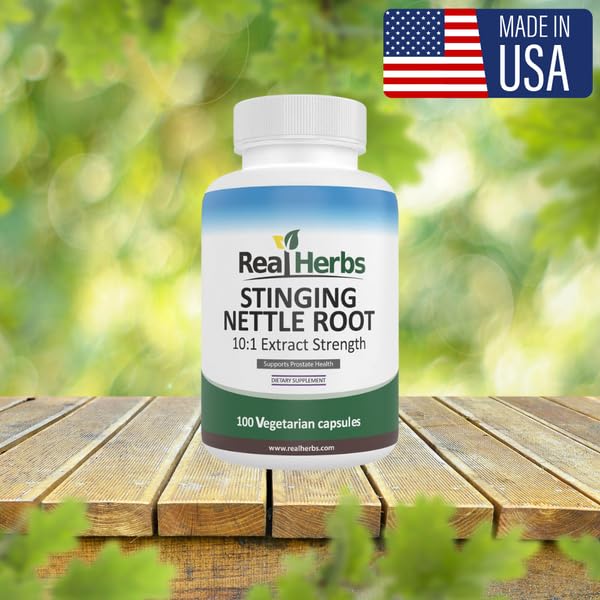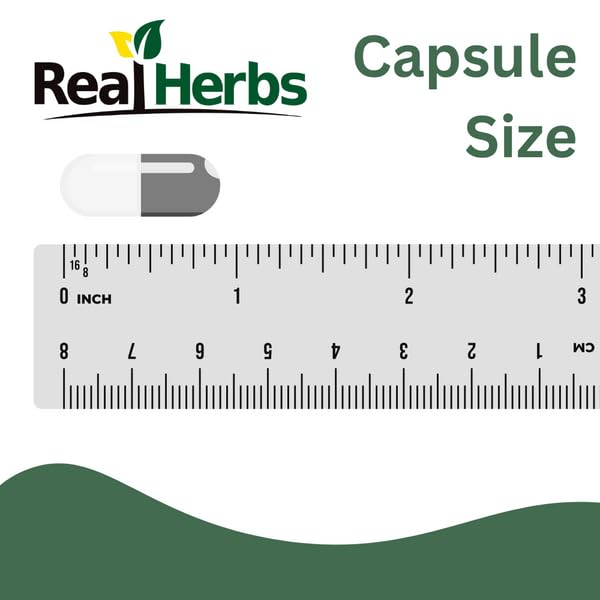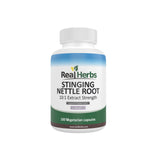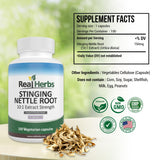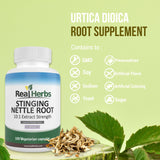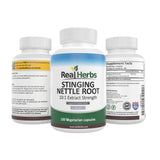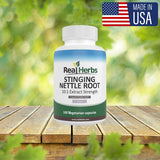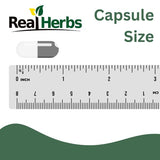What is Stinging Nettle Root? A Beginner’s Guide to Its Benefits
What is Stinging Nettle Root?
A Beginner’s Guide to Its Benefits
An essential guide by Jessica Johnson, Herbal Science Researcher at Real Herbs.
Unveiling the Power of This Underground Herb
In the vast world of herbal remedies, **stinging nettle** (*Urtica dioica*) often stands out—not just for its distinctive stinging hairs, but for its impressive array of health benefits. While many are familiar with nettle leaves used in teas or culinary dishes, the plant's true "power underground" lies in its root. **Stinging nettle root** has been a cornerstone of traditional medicine for centuries, particularly valued for its unique compounds and targeted effects, especially concerning men's health.
This beginner's guide will introduce you to stinging nettle root, differentiating it from the more commonly known nettle leaf. We'll explore its rich chemical composition, delve into its primary scientifically supported benefits, and provide practical advice on how to incorporate this remarkable herb into your wellness routine. Discover why stinging nettle root is gaining recognition as a go-to natural remedy for various health concerns.

Understanding Stinging Nettle Root
Stinging nettle (*Urtica dioica*) is a perennial plant found worldwide. While the leaves are popular for their nutritional value and use in addressing seasonal allergies or joint discomfort, the root part has a distinct set of properties and traditional applications. The roots are typically harvested in the autumn or early spring when their beneficial compounds are most concentrated.
Key Bioactive Compounds
The therapeutic effects of stinging nettle root are attributed to its unique chemical profile, which differs significantly from that of the leaf [3]. Key compounds found in the root include:
- Lignans: These plant compounds are central to many of the root's benefits, particularly its influence on sex hormones [1].
- Plant Sterols (e.g., Beta-sitosterol): These compounds are well-known for their role in supporting prostate health [1, 3].
- Polysaccharides, Lectins, and Scopoletin: The root also contains a variety of other complex molecules that contribute to its overall pharmacological activities [1, 2].
This distinct composition is what gives stinging nettle root its targeted benefits, especially in male health.
Primary Benefits of Stinging Nettle Root
Stinging nettle root has been a subject of extensive research, revealing several key benefits:
1. Prostate Health Support (Benign Prostatic Hyperplasia - BPH)
One of the most well-documented uses of stinging nettle root is its ability to support prostate health, particularly in men experiencing symptoms of benign prostatic hyperplasia (BPH), a non-cancerous enlargement of the prostate gland common with aging. Symptoms include frequent urination, weak urine flow, and difficulty emptying the bladder.
- Mechanism: Nettle root is believed to exert its effects through multiple mechanisms, including inhibiting the growth of prostate cells [1, 8], influencing sex hormone-binding globulin (SHBG), and having anti-inflammatory properties within the prostate [1].
- Evidence: Clinical trials and comprehensive reviews highlight the efficacy and safety of nettle root extracts in alleviating BPH symptoms [1]. Studies, including animal models, have shown inhibiting effects on experimentally induced prostatic hyperplasia [8].
2. Support for Healthy Testosterone Levels
While often associated with its direct impact on the prostate, stinging nettle root also plays a role in supporting healthy testosterone levels, particularly by influencing the bioavailability of this crucial male hormone.
- Mechanism: The lignans in nettle root can bind to Sex Hormone Binding Globulin (SHBG). By doing so, they may reduce the amount of testosterone bound to SHBG, thereby increasing the levels of "free" (bioavailable) testosterone—the active form that the body can readily use for muscle growth, energy, and libido [1].
3. Anti-inflammatory Properties
Beyond its specific effects on prostate and hormones, stinging nettle root possesses general anti-inflammatory properties that contribute to overall well-being [4]. Chronic inflammation is a root cause of many health issues, and compounds in nettle root may help modulate inflammatory pathways throughout the body [1].
- Broader Health Impact: These anti-inflammatory effects can indirectly support joint health, reduce discomfort, and contribute to systemic wellness, although direct studies on nettle *root* for general inflammation are less common than for its specific BPH applications.
How to Use Stinging Nettle Root
Stinging nettle root is typically consumed in specific prepared forms to ensure safety and potency:
- Extracts (Capsules/Tinctures): The most common and recommended way to take nettle root is as a standardized extract in capsule or liquid tincture form. These forms ensure consistent concentrations of the active compounds.
- Dosage: A typical dosage for stinging nettle root extract for prostate or hormonal support ranges from 250 mg to 500 mg, taken once or twice daily. Always adhere to the specific dosage instructions provided on the product label, as concentrations can vary.
- Consistency: For chronic conditions, consistent daily intake is often more important for achieving desired benefits.
Safety and Side Effects
Stinging nettle root is generally considered safe for most people when taken at recommended dosages. However, like all supplements, it can have mild side effects and potential interactions [1, 4].
- Common Mild Side Effects: These may include mild gastrointestinal upset (stomach discomfort, diarrhea, or constipation) or a mild diuretic effect (increased urination) [1]. These often subside with continued use or by taking the supplement with food.
-
Important Precautions:
- **Drug Interactions:** Stinging nettle root may interact with certain medications, including blood thinners (due to its Vitamin K content), blood pressure medications, and diabetes drugs. Always consult your healthcare provider if you are on medication [1].
- **Specific Populations:** Pregnant or breastfeeding women, children, and individuals with specific medical conditions (e.g., kidney disease, allergies to related plants) should consult a doctor before use [1].
Conclusion: Embrace the Potential of Stinging Nettle Root
Stinging nettle root is a powerful natural remedy with distinct benefits, primarily for men's prostate health and supporting healthy testosterone levels. Its rich composition of lignans and plant sterols, along with its anti-inflammatory properties, makes it a valuable addition to a holistic wellness regimen. By understanding "What is Stinging Nettle Root?" and its specific applications, you can make informed choices to leverage its therapeutic potential.
Always prioritize reputable sources for your supplements and, most importantly, consult with a qualified healthcare professional before starting any new herbal remedy. This ensures safe, effective, and personalized support for your health journey.
Ready to experience the benefits of Stinging Nettle Root?
Real Herbs Stinging Nettle Root Extract is a premium, potent supplement designed to support healthy testosterone levels, prostate health, and overall male vitality. Crafted for purity and efficacy, it helps liberate your free testosterone, so you can enjoy enhanced energy, improved performance, and a renewed sense of well-being.
Who it helps: Men experiencing symptoms of low testosterone, seeking natural prostate support, or looking to optimize their overall male health naturally.
Why it’s safe/trusted: Manufactured under strict quality controls, Real Herbs prioritizes purity and potency, ensuring you receive a product you can trust.
All our products are backed by our 100-Day Money-Back Guarantee!
"I've been using Real Herbs Stinging Nettle for a few months now, and I've noticed a significant improvement in my energy levels and overall vitality. Highly recommend it!" - Mark T.
"As someone approaching 50, I was looking for natural ways to support my health. This product has genuinely made a difference in my energy and mood." - David S.
Disclaimer: The information provided in this article is for educational purposes only and is not intended as medical advice. Always consult with a qualified healthcare professional before making any decisions about your health or starting any new supplement regimen. These statements have not been evaluated by the Food and Drug Administration. This product is not intended to diagnose, treat, cure, or prevent any disease.
Scientific Credibility & Citations
- Chrubasik JE, Roufogalis BD, Wagner H, Chrubasik S. A comprehensive review on the stinging nettle effect and efficacy profiles. Part II: urticae radix. *Phytomedicine*. 2007 Aug;14(7-8):568-79. PMID: 17509841 (Review)
- Akbay P, Başaran AA, Başaran N. Nutritional and pharmacological importance of stinging nettle (Urtica dioica). *Heliyon*. 2022 Jul 8;8(7):e09876. PMID: 35800714 (Review)
- Tarasevičienė Ž, Vitkauskaitė M, Paulauskienė A, Černiauskienė J. Wild Stinging Nettle (*Urtica dioica* L.) Leaves and Roots Chemical Composition and Phenols Extraction. *Plants (Basel)*. 2023 Jan 9;12(2):309. PMID: 36679022 (Research Article)
- Dhouibi R, Affes H, Ben Salem M, Hammami S, Sahnoun Z, Zeghal KM, Ksouda K. Screening of pharmacological uses of Urtica dioica and others benefits. *Prog Biophys Mol Biol*. 2020 Jan;150:67-77. PMID: 31163183 (Review)
- Lichius JJ, Muth C. The inhibiting effects of Urtica dioica root extracts on experimentally induced prostatic hyperplasia in the mouse. *Planta Med*. 1997 Aug;63(4):307-10. PMID: 9270373 (Animal Study)

